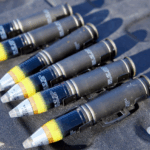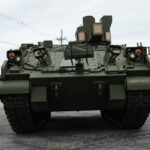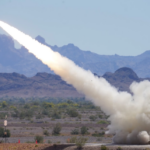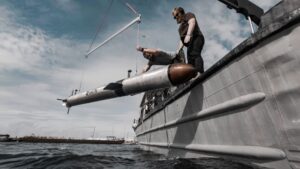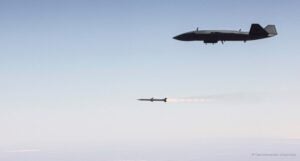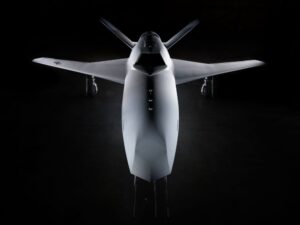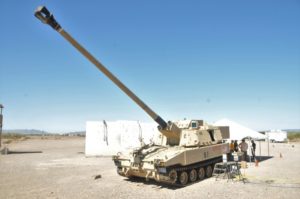
The Army is seeking information on industry’s potential solutions for an Extended Range Artillery Projectile (ERAP) munition, detailing an aim to begin production by fiscal year 2029. As the Army continues its pursuit of extended-range artillery requirement, a new market survey notice for ERAP notes the service’s intent to achieve initial operational capability with a new munition by FY ‘30. “The ERAP solution is a 155mm artillery projectile designed to engage and defeat imprecisely located or moving armored/mechanized targets at…

 By
By 